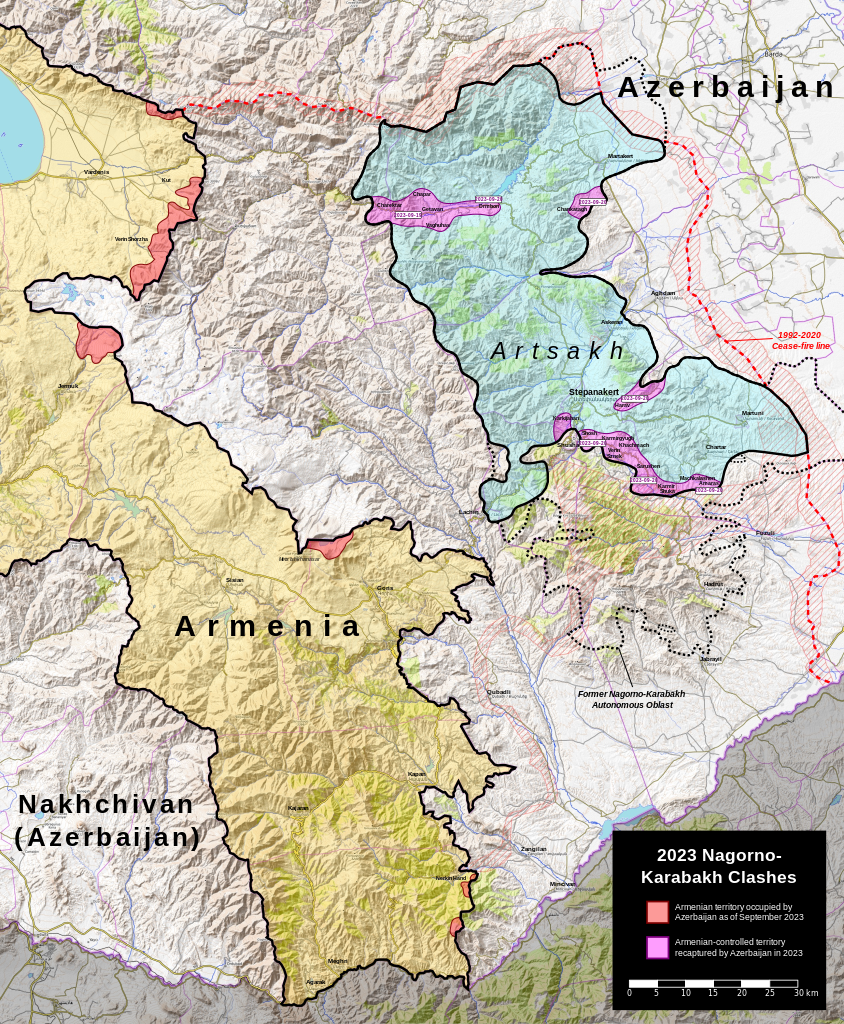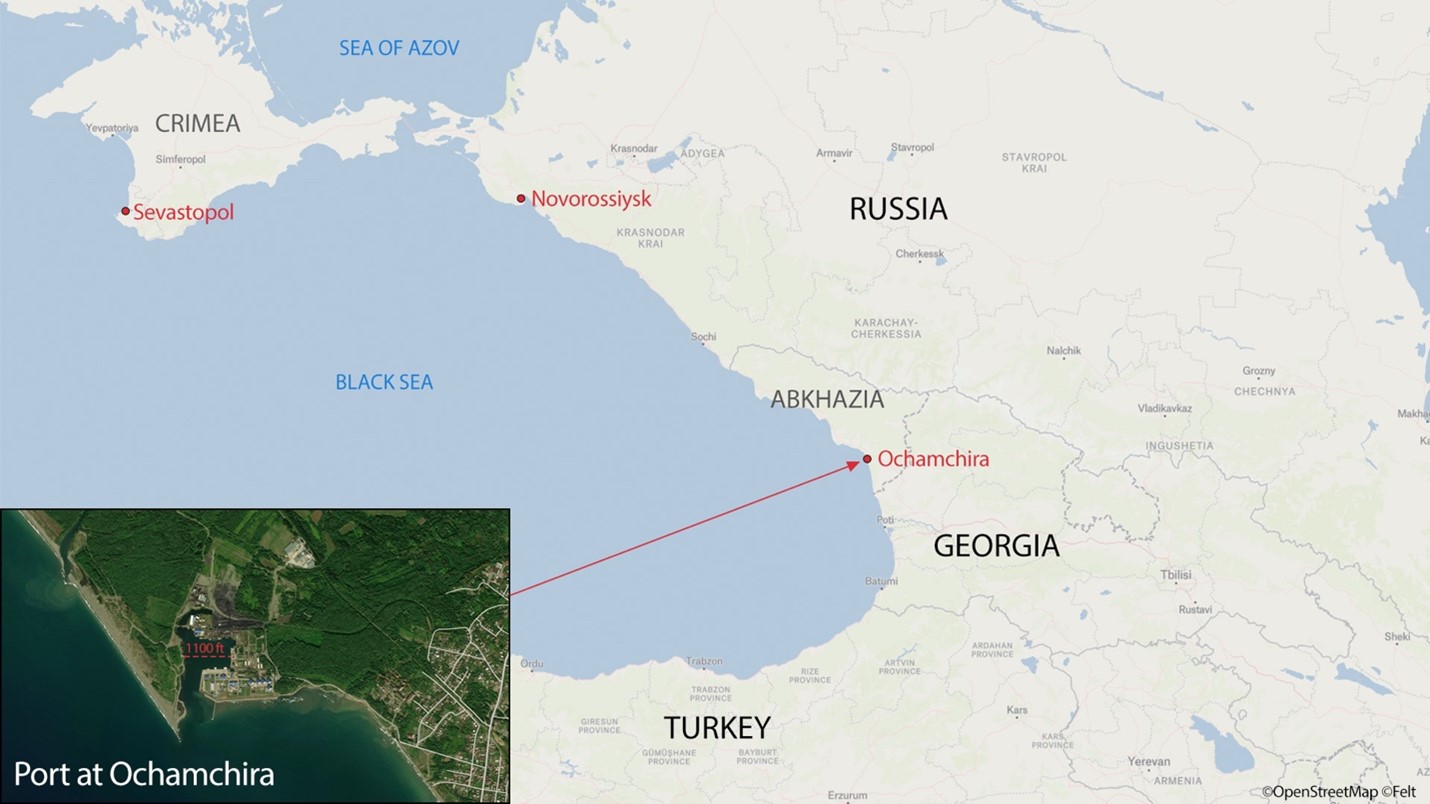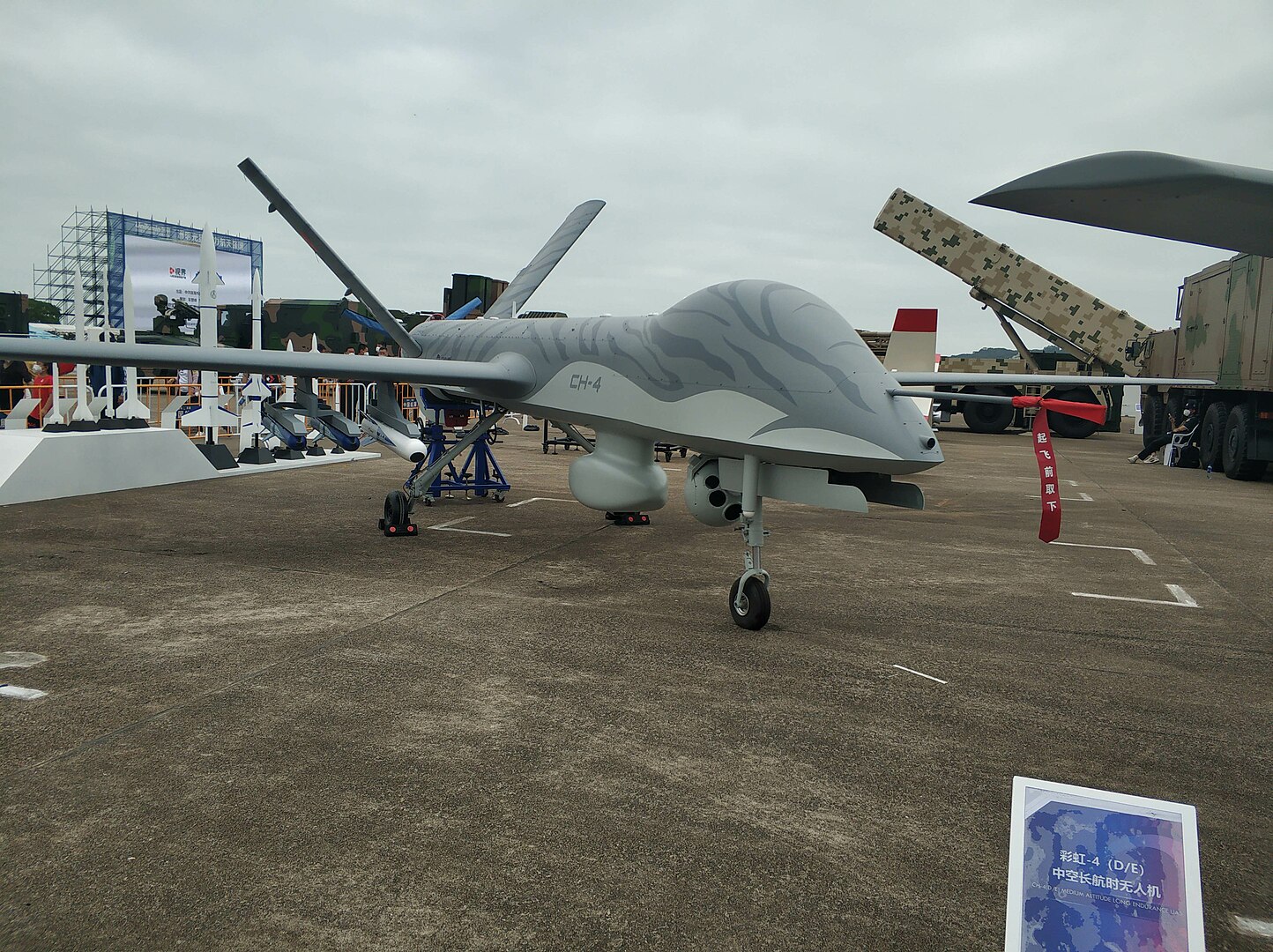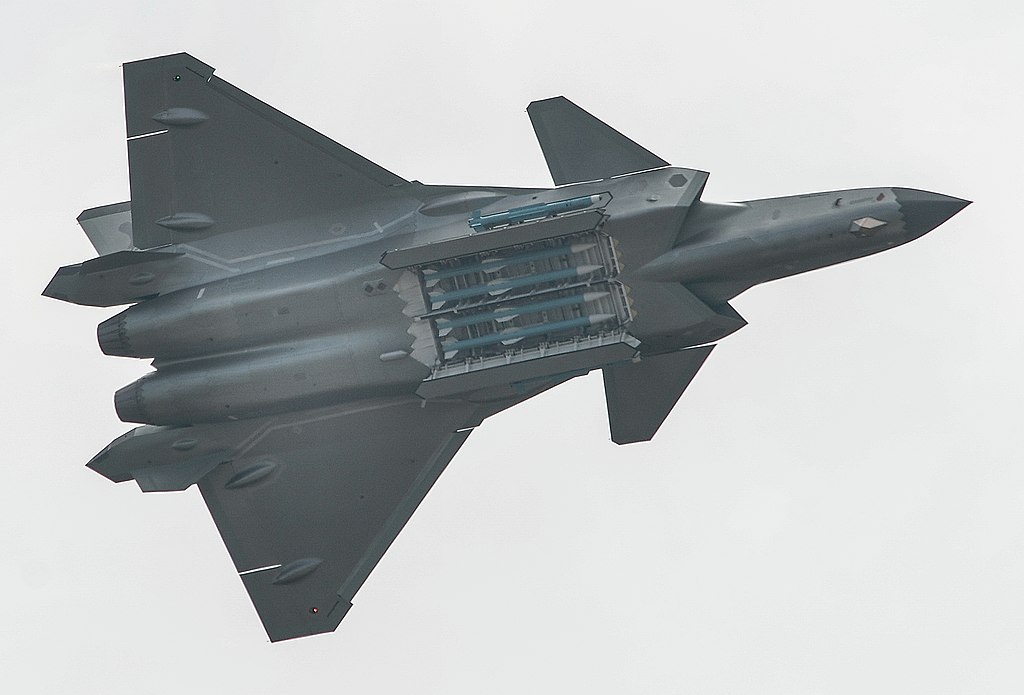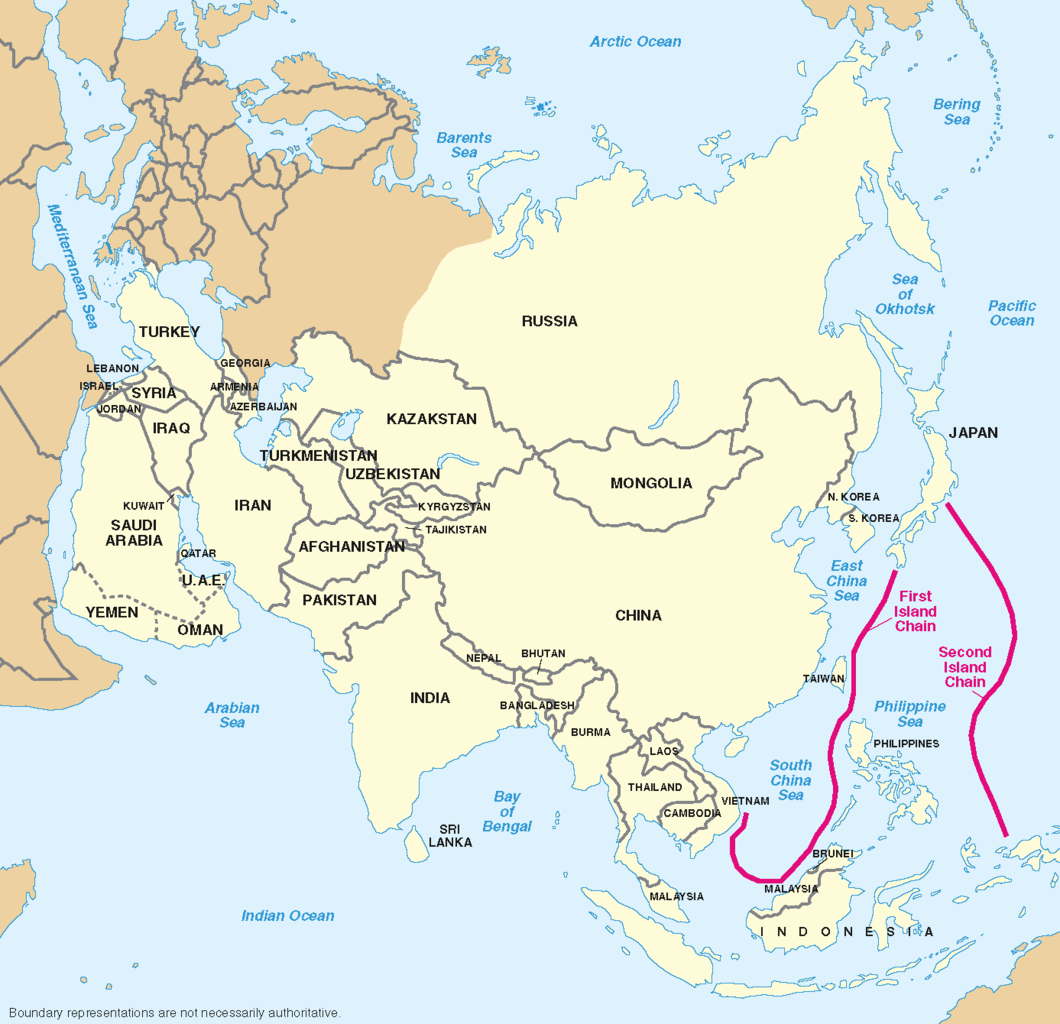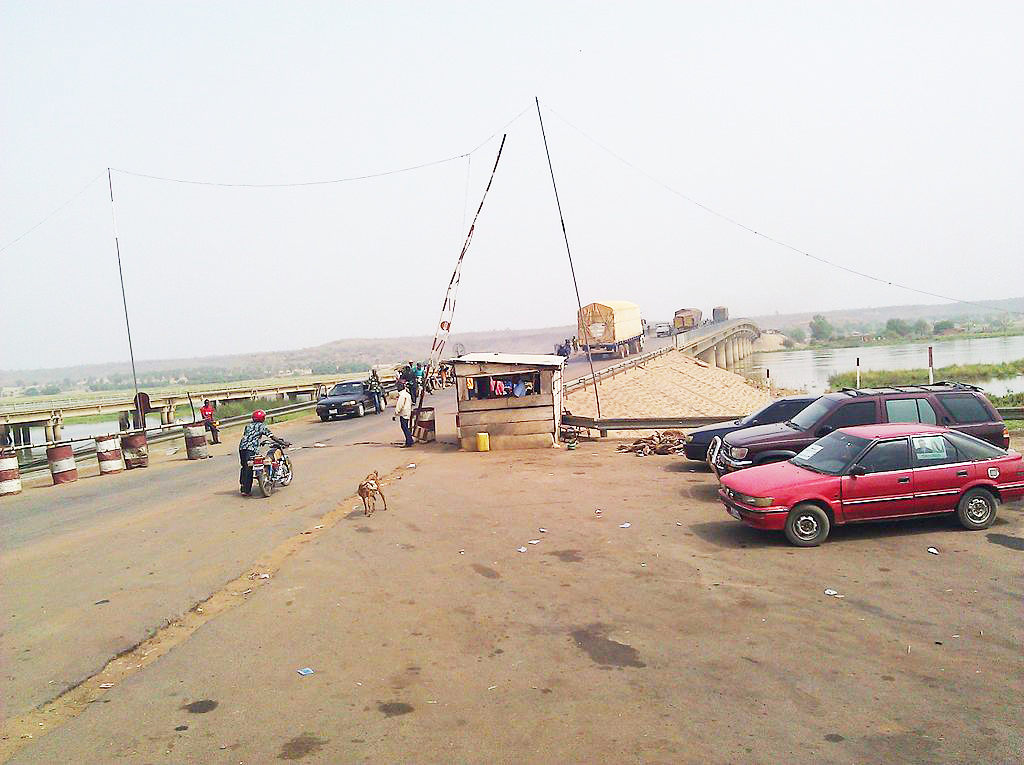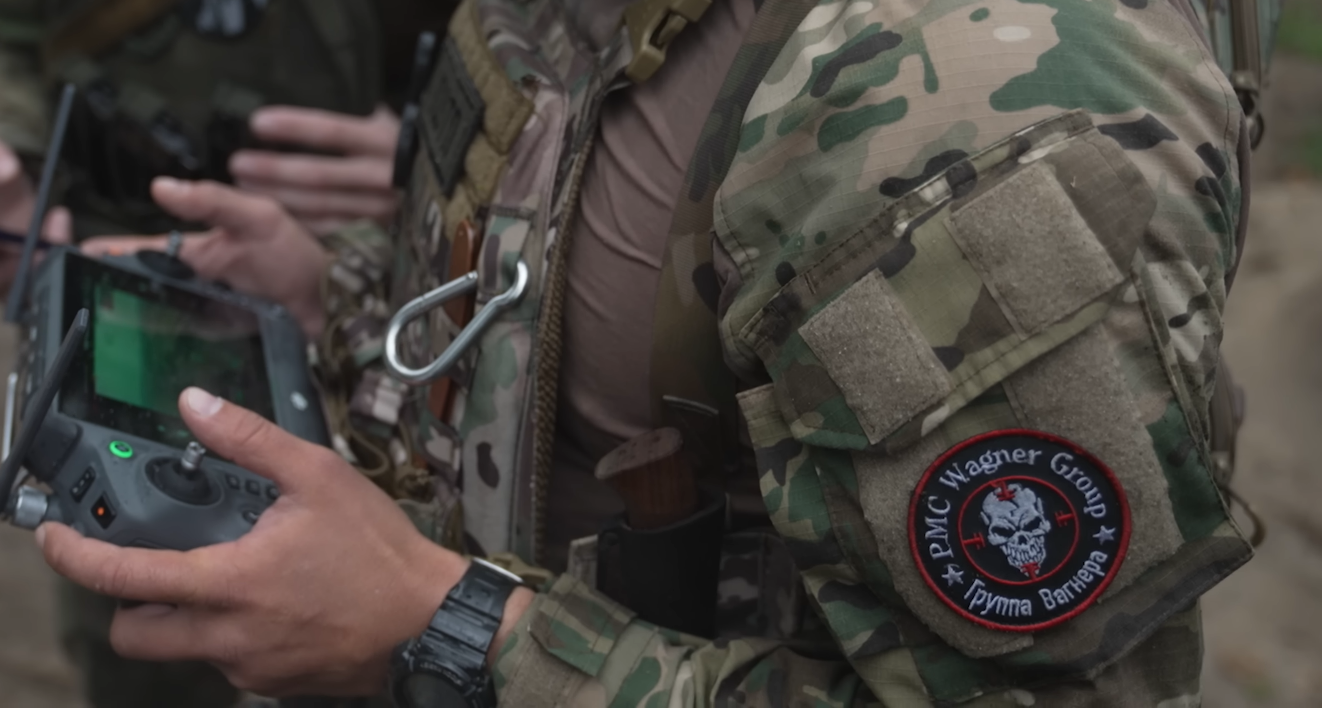
Members of the Wagner group training Belarusian troops in summer 2023.
“It can be expected that the Wagner troops will be used for border provocations against Polish uniformed services… It also cannot be ruled out that some of the mercenaries will try to infiltrate Poland and other countries mainly on the Eastern Flank.”
Since the Wagner Group, a private Russian military company known for its brutality and criminal activities, began training in Belarus in July, concerns amongst the neighboring states have steadily risen regarding regional border security. Belarussian President Lukashenko offered the Wagner Group employment in Belarus — with the goal of increasing the effectiveness of the Belarusian military — following its attempted run on the Russian capital in June of 2023.[i]
As the excerpted publication from the Polish Institute of International Affairs (Polski Instytut Spraw Międzynarodowych) indicates, despite interacting under the auspices of improving Belarusian military readiness and effectiveness, Belarus’s neighbors fear that Belarus is readying additional means of offense against its neighbors. Poland’s concern is that as Belarus’ offensive forces become better trained, they may create instability in the delicate border peace that the two countries have reached. Furthermore, the article suggests that the Wagner Group’s location in Belarus suggests the possibility of a larger-scale engagement within Poland and other border countries like Lithuania. In essence, Belarussian “Wagner-trained fighters” could enter the open border zones with a Belarussian passport with the intent to identify viable targets in Poland, specifically within the critical infrastructure.[ii] Additionally, the statement requests the Wagner Group be declared a terrorist organization. Such a designation would significantly broaden the legal bounds of recourse and response available to both Poland and NATO, both as a preventative measure to increase border security but also as a guarantee of support from NATO should Belarus pursue further provocative actions. As expressed in the second excerpted piece, a joint statement from Poland, Lithuania, Latvia, and Estonia released on Poland’s Ministry of Internal Affairs X (formerly Twitter) feed, Belarus, by collaborating with Wagner and, more broadly, with Russia, is taking deliberate steps to destabilize the region. The joint statement declares that the four nations would take decisive and swift action should further provocation occur, noting that any border infractions would result in the immediate shutdown of all Belarussian border crossings. In addition, the governments called for the immediate removal of all Wagner Group members and holdings from Belarussian borders. Their statement asserts that the Wagner Group poses a threat not only to each country’s respective national security but to the security of the free world as well.
Sources:
Anna Maria Dyner, “Grupa Wagnera na Białorusi – potencjalne zagrożenia dla Polski (Wagner Group Arrives in Belarus – Potential Threats to Poland),” Polski Instytut Spraw Międzynarodowych (official website of Polish Institute of International Affairs), 27 July 2023. https://pism.pl/publications/wagner-group-arrives-in-belarus-potential-threats-to-poland
The mercenaries in Belarus give the Belarusian and Russian authorities additional tools for hybrid action against NATO countries, in particular Poland and Lithuania. It can be expected that the Wagner troops will be used for border provocations against Polish uniformed services, including the possible use of arms or attempts to destroy barriers. They may also be used to coordinate and command operations at the border. It also cannot be ruled out that some of the mercenaries will try to infiltrate Poland and other countries mainly on the Eastern Flank (both illegally and, for example, with the use of Belarusian passports) with the task of identifying critical infrastructure facilities. Some of them may also be prepared to carry out acts of sabotage on Polish soil. … These activities will increase tensions and have a psychological impact on Polish society in the context of, among other things, the Belarusian-Russian military exercise Union Shield, scheduled for the end of September, or the October parliamentary elections in Poland.
It may also be necessary to recognize the Wagner Group as a terrorist organization. This would allow the use of the Anti-Terrorist Activities Act, which, among other things, broadens the spectrum of activities that can be undertaken by the relevant security services and authorities against persons suspected of seeking to carry out terrorist activities. In addition, Poland may hold consultations within NATO and propose a common approach by Alliance members to the Wagner Group, chiefly by pointing out that they are being used by Belarus and Russia as a tool of hybrid action that requires a coordinated response from the Alliance, for example, in the form of an increased Allied presence at the border.
At the same time, Poland and NATO should announce that they will use all available instruments to fight the Wagner Group mercenaries if they pose a threat, with Belarus and Russia fully responsible for their actions on the border.
Mariusz Kamiński, Angé Bilotaité, Māris Kučinskis, Lauri Läänemets, “Oświadczenie Ministrów Spraw Wewnętrznych Polski, Litwy, Łotwy i Estonii po spotkaniu konsultacyjnym w Warszawie (Statement by the Ministers of the Interiors of Poland, Lithuania, Latvia and Estonia after the consultation meeting in Warsaw),” Twitter@MSWiA_GOV_PL, 28 August 2023. https://twitter.com/MSWiA_GOV_PL/status/1696123142249283636
We emphasize that the actions taken by Russia and Belarus cooperating as an attempt to deliberately destabilize the situation in the region. We declare we are determined to oppose this together. Our answer will be joint, decisive and appropriate to the current situation- up to the possibility of further isolating both regimes by closing border crossings. We are determined to defend the borders of the democratic world, leaving access to our territories for the…Belarussian oppositionists.In this regard we call on the Belarussian regime to remove the “Wagner” group from the territories of Belarus…
Notes:
[i] For a Belarussian perspective on the Wagner Group’s presence, as well as their views regarding Polish and neighboring states reactions, see: “Тенденции военно-политической обстановки и обновленную Концепцию нацбезопасности обсудили в Витебске (Trends in the military-political situation and the updated National Security Concept were discussed in Vitebsk)” Белта (A news service of Belarus), 13 September 2023. https://www.belta.by/amp/regions/view/tendentsii-voenno-politicheskoj-obstanovki-i-obnovlennuju-kontseptsiju-natsbezopasnosti-obsudili-v-587792-2023/
[ii] For more information on the operational tactics of Wagner Group from their previous engagements in Ukraine, see: Charles Bartles, “The Composition And Tactics Of Wagner Assault Detachments,” OE Watch, 03-2023. https://fmso.tradoc.army.mil/2023/the-composition-and-tactics-of-wagner-assault-detachments/
Image Information:
Image: Members of the Wagner group training Belarusian troops in summer 2023.
Source: https://www.google.com/url?sa=i&url=https%3A%2F%2Fcommons.wikimedia.org%2Fwiki%2F, File%3APMC_wagner_in_belarus_2.png&psig=AOvVaw3nFw9Wep8soItuzbytxYTa&ust=1695536938589000&source=images&cd=vfe&opi=89978449&ved=2ahUKEwi799i4jcCBAxUeW_EDHdRvBoQQjRx6BAgAEAw
Attribution: CC By 3.0 Deed

